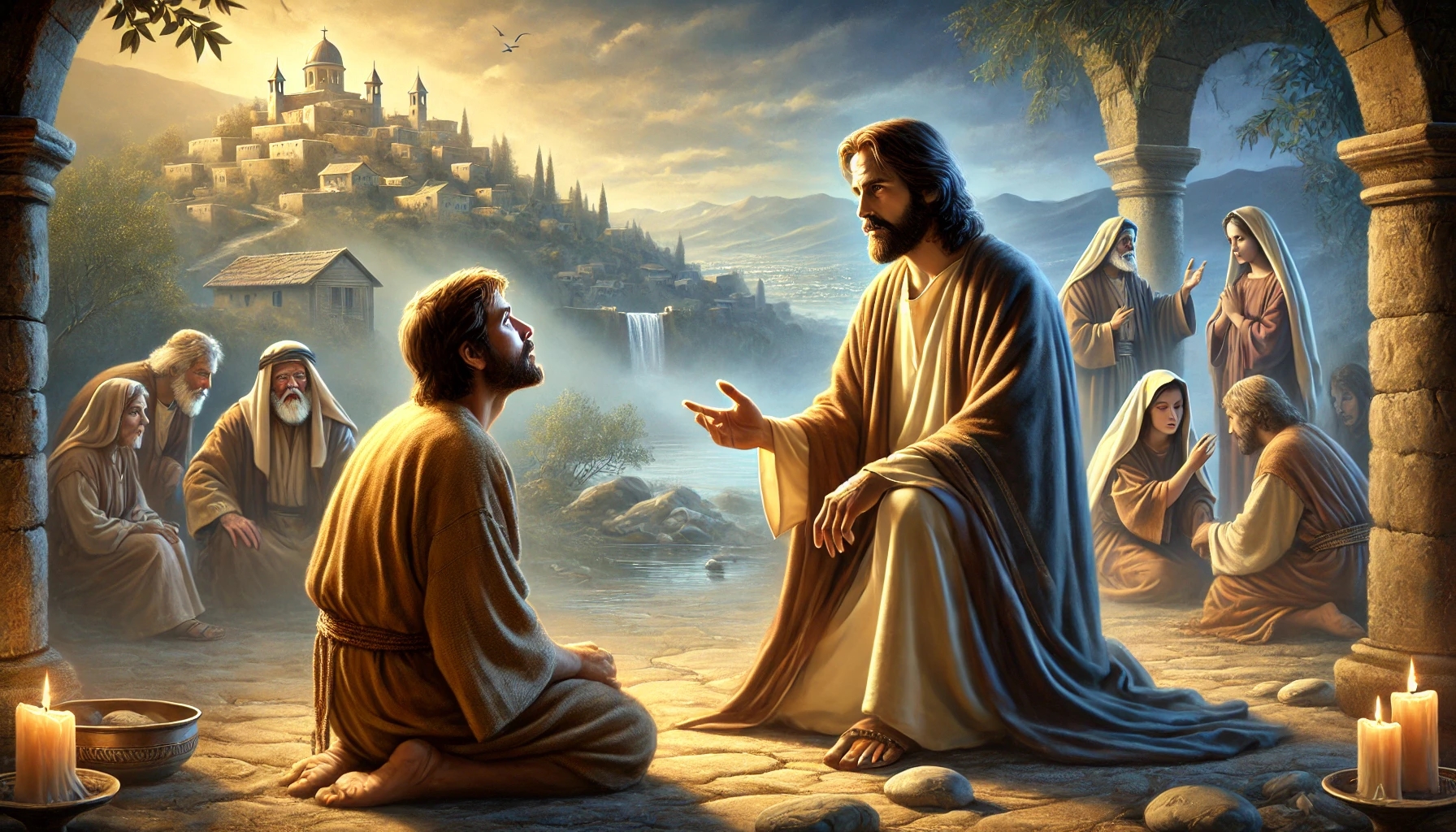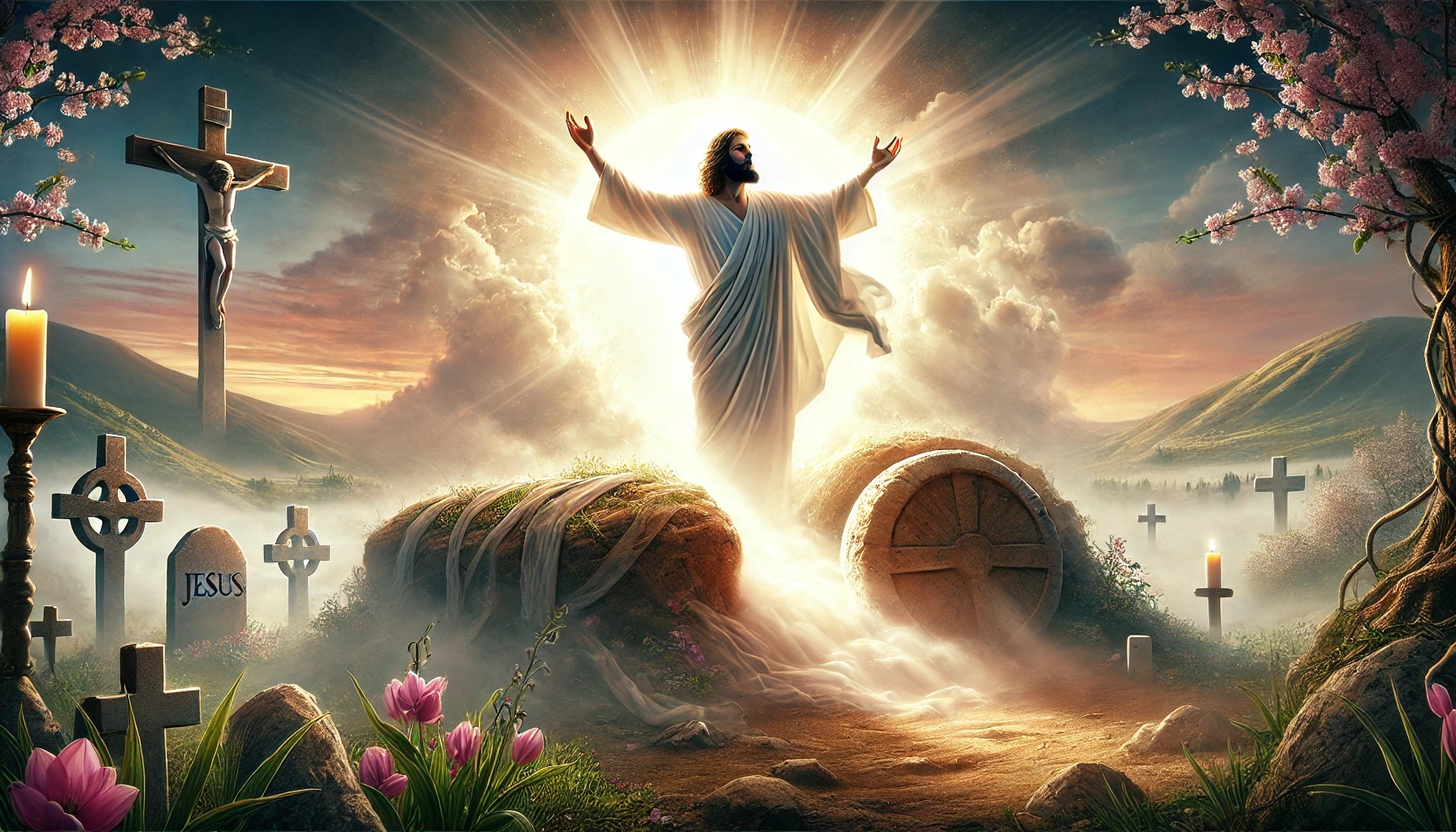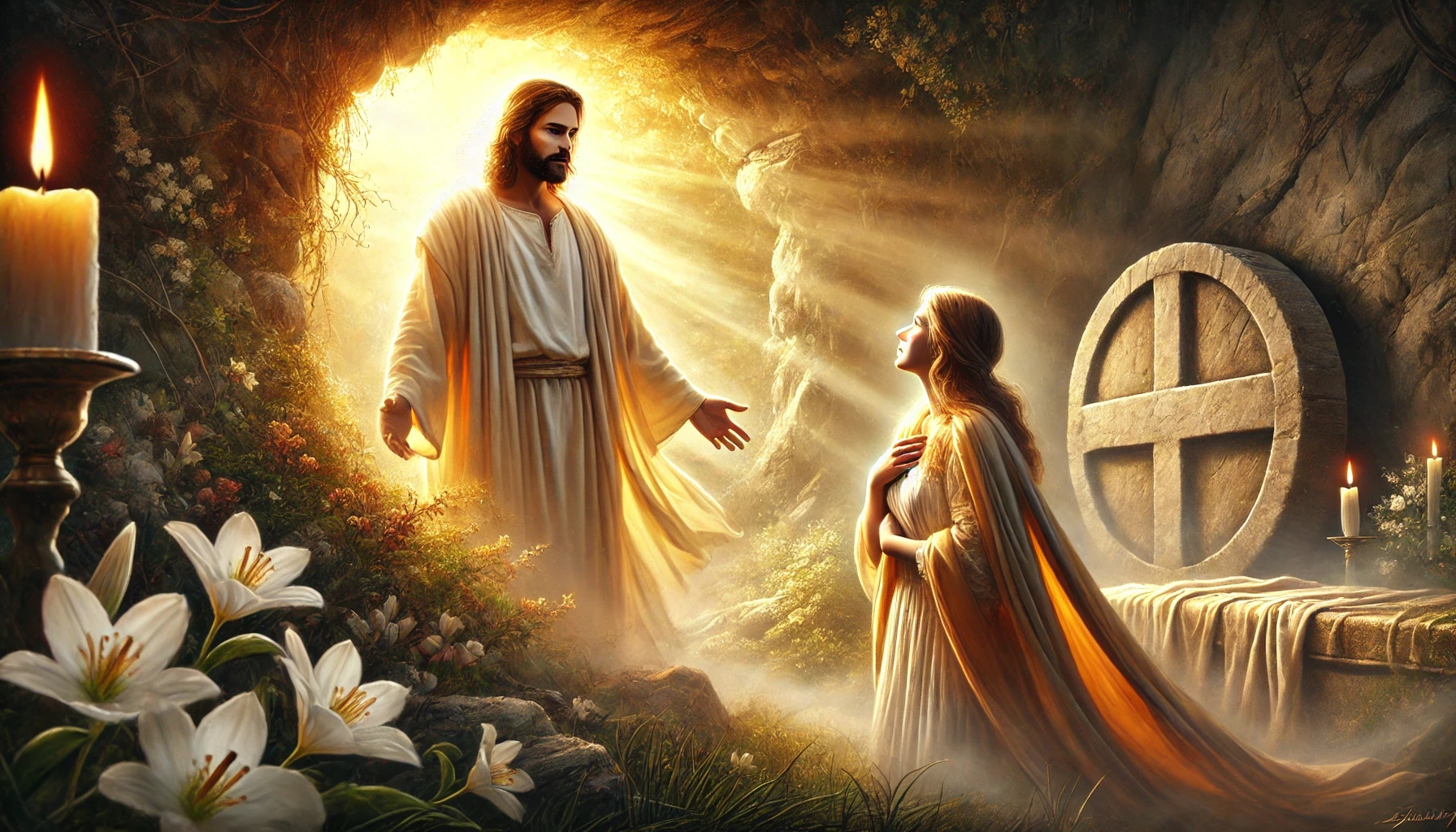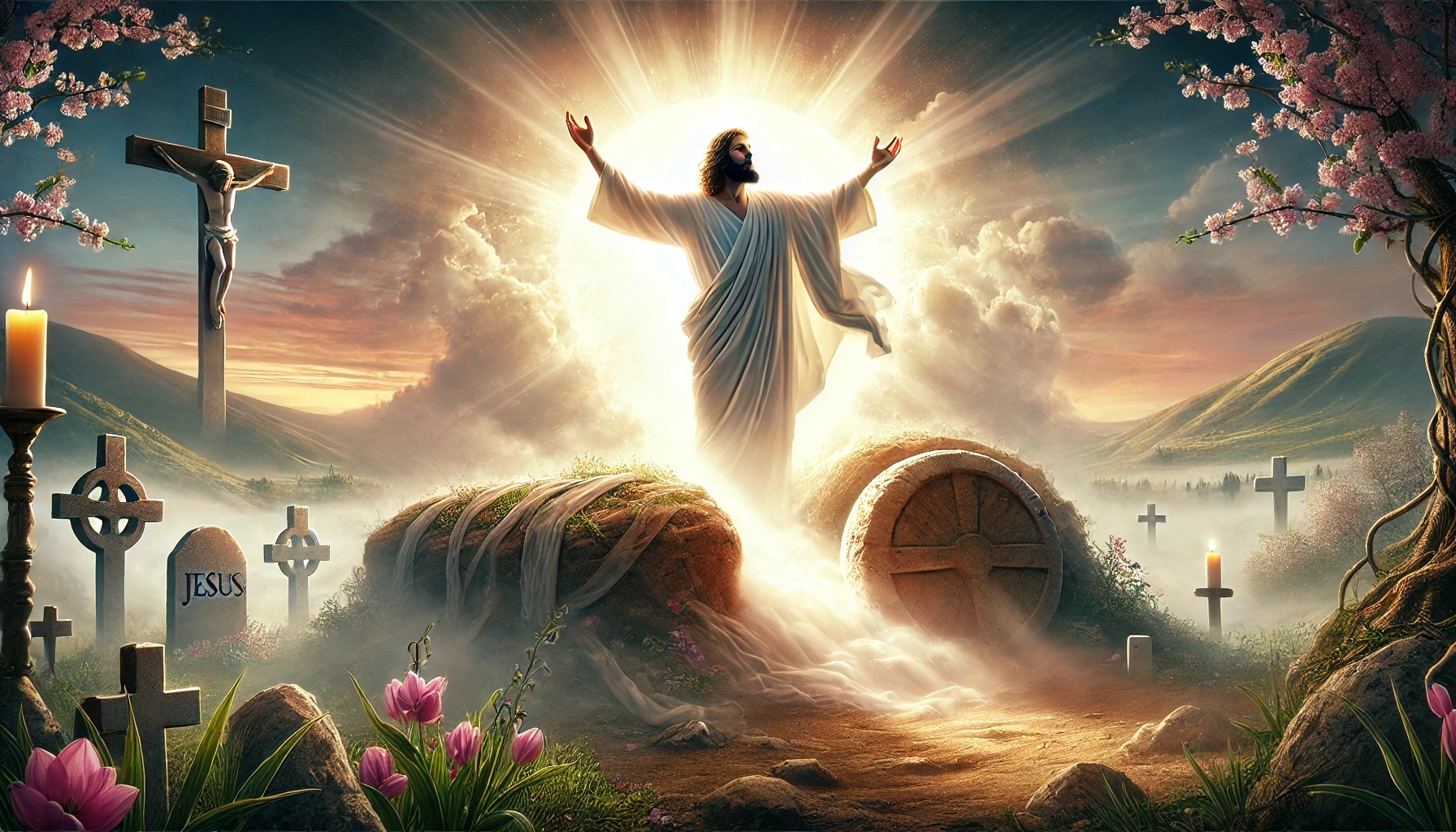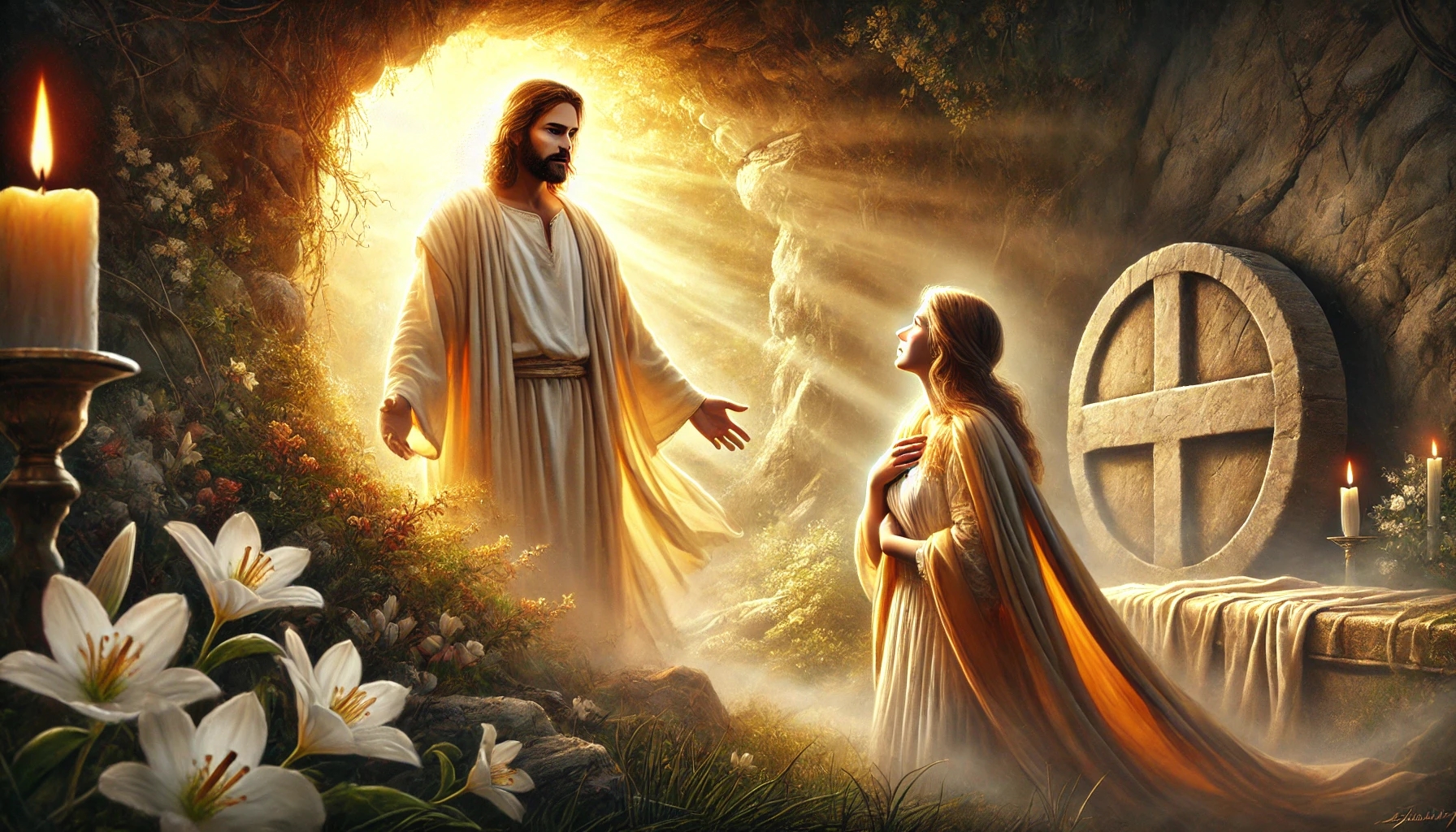December 26, 2024
DAILY BIBLE READING – 1 Corinthians Chapter 16
1 Now concerning the collection for the saints, as I have given order to the churches of Galatia, even so do ye.
2 Upon the first day of the week let every one of you lay by him in store, as God hath prospered him, that there be no gatherings when I come.
3 And when I come, whomsoever ye shall approve by your letters, them will I send to bring your liberality unto Jerusalem.
4 And if it be meet that I go also, they shall go with me.
5 Now I will come unto you, when I shall pass through Macedonia: for I do pass through Macedonia.
6 And it may be that I will abide, yea, and winter with you, that ye may bring me on my journey whithersoever I go.
7 For I will not see you now by the way; but I trust to tarry a while with you, if the Lord permit.
8 But I will tarry at Ephesus until Pentecost.
9 For a great door and effectual is opened unto me, and there are many adversaries.
10 Now if Timotheus come, see that he may be with you without fear: for he worketh the work of the Lord, as I also do.
11 Let no man therefore despise him: but conduct him forth in peace, that he may come unto me: for I look for him with the brethren.
12 As touching our brother Apollos, I greatly desired him to come unto you with the brethren: but his will was not at all to come at this time; but he will come when he shall have convenient time.
13 Watch ye, stand fast in the faith, quit you like men, be strong.
14 Let all your things be done with charity.
15 I beseech you, brethren, (ye know the house of Stephanas, that it is the firstfruits of Achaia, and that they have addicted themselves to the ministry of the saints,)
16 That ye submit yourselves unto such, and to every one that helpeth with us, and laboureth.
17 I am glad of the coming of Stephanas and Fortunatus and Achaicus: for that which was lacking on your part they have supplied.
18 For they have refreshed my spirit and yours: therefore acknowledge ye them that are such.
19 The churches of Asia salute you. Aquila and Priscilla salute you much in the Lord, with the church that is in their house.
20 All the brethren greet you. Greet ye one another with an holy kiss.
21 The salutation of me Paul with mine own hand.
22 If any man love not the Lord Jesus Christ, let him be Anathema Maranatha.
23 The grace of our Lord Jesus Christ be with you.
24 My love be with you all in Christ Jesus. Amen.
King James Version. Public Domain
Commentary
Introduction
Chapter 16 of the First Letter to the Corinthians marks the conclusion of a long epistle in which Paul provides important instructions to the Christian community in Corinth. This chapter addresses various topics: the collection of donations for the believers in Jerusalem, Paul’s travel plans, encouragements to the church, and personal greetings. It highlights the connection between spiritual fellowship, practical support, and Christian love.
Commentary
Collection for the Church in Jerusalem (Verses 1–4):
Paul organizes a structured and regular collection of donations for the struggling church in Jerusalem. This collection is not only an expression of material support but also of spiritual solidarity among the churches. Paul emphasizes that the collection should be voluntary and planned in advance to ensure an orderly process.
Travel Plans and Collaboration (Verses 5–12):
Paul provides insights into his planned travels and the challenges he faces. His flexible planning reflects his dependence on God’s guidance. He also mentions his close associates, Timothy and Apollos, whose service is crucial to the churches. Paul stresses the importance of the Corinthian church receiving Timothy with respect and without fear.
Exhortations and Greetings (Verses 13–24):
The final exhortations – to be watchful, stand firm in faith, show strength, and do everything in love – summarize the core of Christian living. Paul commends the dedication of certain church members and underscores the importance of mutual encouragement and support. His personal greetings, including those from Aquila and Priscilla, reflect the close bond among the churches. The concluding words emphasize the importance of love for Jesus Christ and mutual affection.
Summary
1 Corinthians 16 demonstrates Paul’s pastoral care and practical instructions for the church. He highlights the importance of financial support for the church in Jerusalem as an expression of Christian charity. At the same time, he provides insights into his travel plans and calls for collaboration and mutual respect. His exhortations to do everything in faith and love, along with the greetings to and from other believers, illustrate the unity of the Christian community. The chapter concludes with a blessing and a desire for God’s grace and love to remain with the church.
![]()
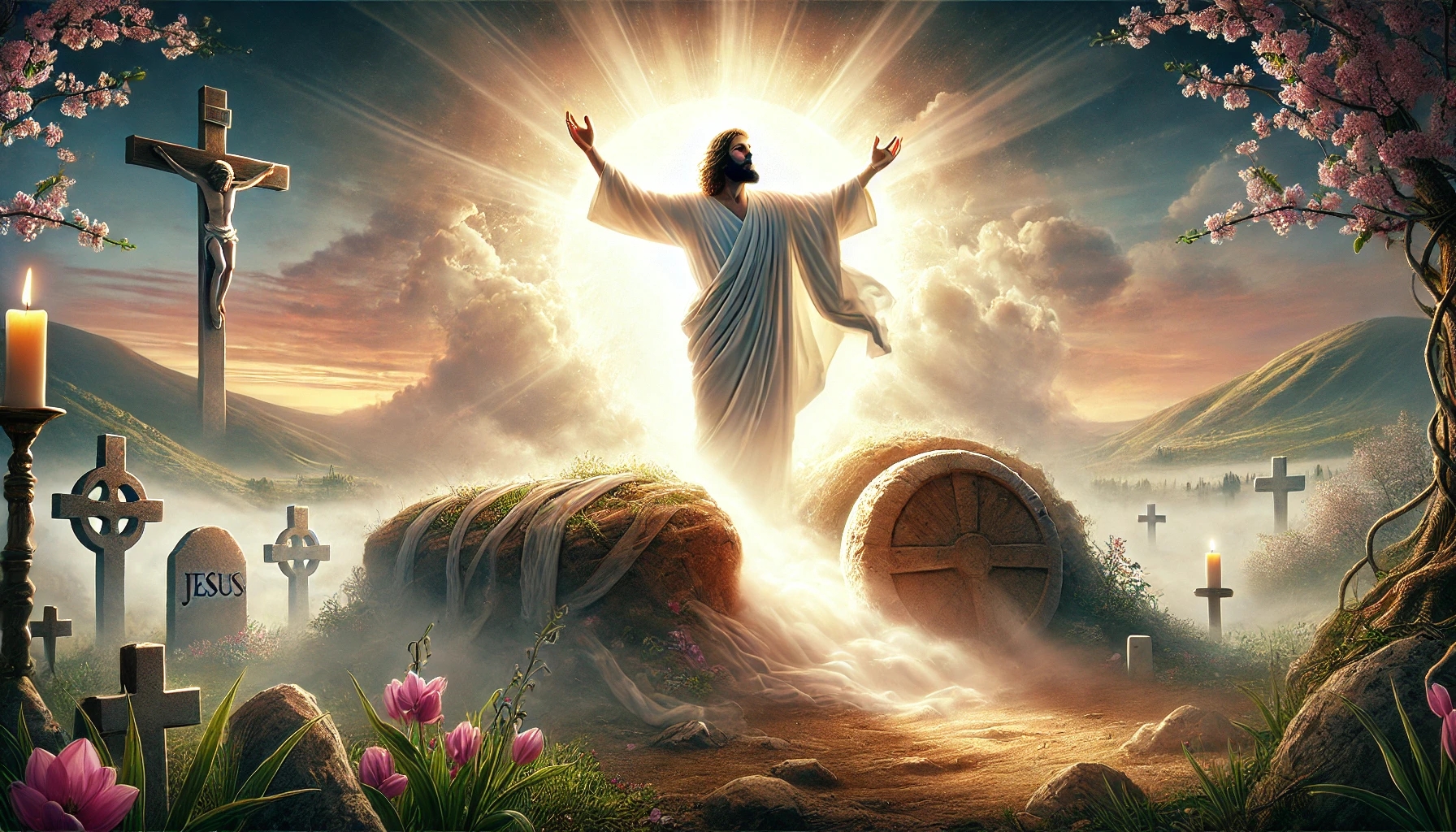
WEEKLY SPIRIT OF PROPHECY READING – Ellen White | The Desire of Ages
Chapter 81—“The Lord Is Risen”
This chapter is based on Matthew 28:2-4, 11-15.
Read online here
Commentary
Introduction
Chapter 81 from the reflection “The Lord is Risen!” is a powerful depiction of the resurrection of Jesus Christ, based on Matthew 28:2-4 and 11-15. This chapter illuminates the triumphant moment when Christ overcame death and the cosmic implications of this event. It highlights the tension between the forces of darkness, who sought to seal the tomb, and the heavenly powers that called the Son of God to resurrection. The message of Jesus’ victory over death and the grave is a source of hope and promise for all believers.
Commentary
The Divine Power of the Resurrection:
The resurrection of Jesus is emphatically portrayed as a work of God. The angel of the Lord, whose appearance struck fear and terror into the Roman soldiers, moves the stone from the tomb and calls out the Son of God. This moment underscores the absolute supremacy of divine power over darkness, both physically and spiritually. The proclamation “I am the resurrection and the life” (John 11:25) emphasizes Jesus’ divinity and His ability to give life.
The Reaction of the Guards and Priests:
The reactions of the Roman guards and Jewish priests demonstrate the magnitude of the resurrection. While the soldiers reverently acknowledge that it was the Son of God they had seen, the priests respond with fear and denial. They attempt to cover up the truth and spread lies about the resurrection. These contrasts illustrate how Christ’s triumph both strengthens believing hearts and shakes the unbelievers.
Significance for Believers:
The resurrection of Christ is not merely an event but a promise. It shows that Christ has power over death and the grave, granting believers immortality and eternal life. The resurrection of the saints who came out of the tombs with Christ is a foretaste of the final resurrection at His second coming. This serves as an encouragement for all who die in Christ, as death is but a sleep for them.
Summary
Chapter 81 is a sublime portrayal of the resurrection of Jesus Christ and its significance. It highlights God’s power that called Christ out of the tomb, the distress of His enemies, and the joy of the believers. The resurrection is described as the central victory over death and darkness, forming the foundation for the hope of eternal life. This chapter reminds us that the resurrection of Jesus is not only a historical event but an ongoing triumph that shapes our future.
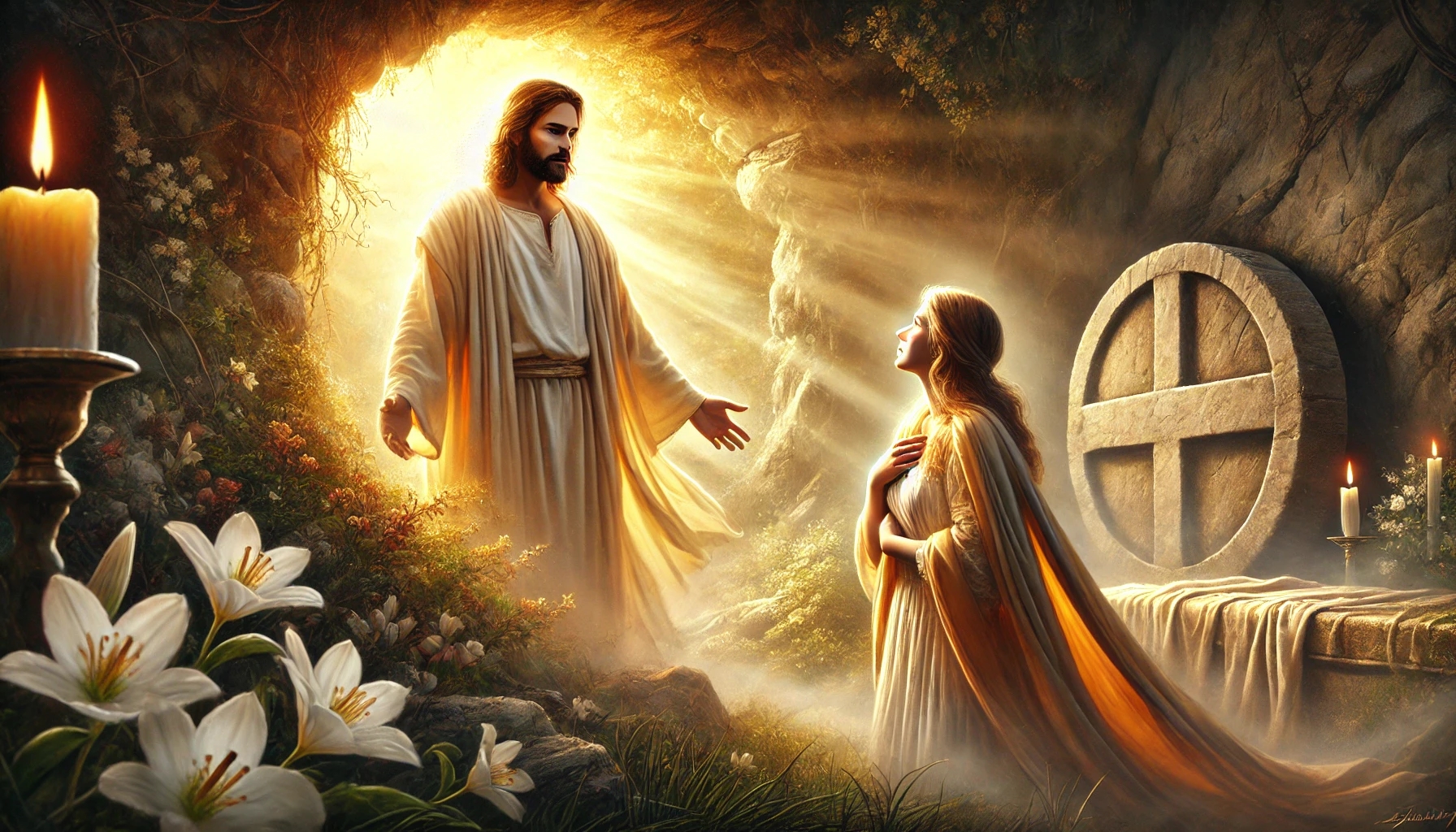
WEEKLY SPIRIT OF PROPHECY READING – Ellen White | The Desire of Ages
Chapter 82—“Why Weepest Thou?”
This chapter is based on Matthew 28:1, 5-8; Mark 16:1-8; Luke 24:1-12; John 20:1-18.
Read online here
Commentary
Introduction
Chapter 82: “Why Are You Weeping?” describes the wonderful moment of Jesus’ resurrection and the encounter of the women and disciples with the risen Lord. Based on the Gospels, it is shown how the sorrow and despair of the believers are transformed into joy and hope as they realize that Jesus is alive. This chapter emphasizes the central significance of the resurrection for the Christian faith and invites believers to embrace the hope of eternal life.
Commentary
The Women at the Empty Tomb:
The women who had accompanied Jesus up to His death came with spices to honor His body, unaware that the promise of His resurrection had already been fulfilled. Their deep sorrow was transformed into awe when they saw the angel who proclaimed the good news: “He is risen.” Their spices became unnecessary because the Savior was alive.
Mary Magdalene and Her Encounter with Jesus:
Mary Magdalene, whose grief was particularly great, experienced a personal encounter with the risen Jesus. Her inability to recognize Him immediately reflects the despair that kept her from the reality of His resurrection. However, Jesus’ loving “Mary” opened her eyes. This scene illustrates how Jesus reveals Himself uniquely to each individual.
The Disciples’ Doubts:
The disciples initially reacted with disbelief to the women’s message. Their doubts and fears prevented them from accepting the truth of the resurrection. Nevertheless, Jesus did not reject them but revealed Himself to strengthen their faith and restore their hope. Especially Peter received personal assurance of forgiveness through the mention of his name.
The Message of Hope:
Jesus’ words “Why are you weeping?” and the angels’ exhortation to spread the good news are still relevant today. The resurrection is the foundation of our hope and joy because it demonstrates that death has been overcome. The call to shift our focus from sorrow to the living Christ is an invitation to live in faith and hope.
Summary
Chapter 82 depicts the encounter of the women and disciples with the risen Jesus and highlights the transformative power of the resurrection. It shows how sorrow, doubt, and despair can be transformed into joy, hope, and faith. The central message is clear: Jesus is alive, and through His resurrection, He grants all believers the hope of eternal life. This chapter calls believers to grow in faith and joyfully share the message of Jesus’ victory over death.
Source: https://fulfilleddesire.net/26-11-2024-1-corinthians-chapter-16-believe-his-prophets/

